Blog Layout
The Global Financial Markets Association’s (GFMA) comments on FSB Consultation Paper on Global Stablecoins
PAR002_123 • Aug 15, 2020
GFMA Response to FSB Consultation Paper on Global Stablecoins
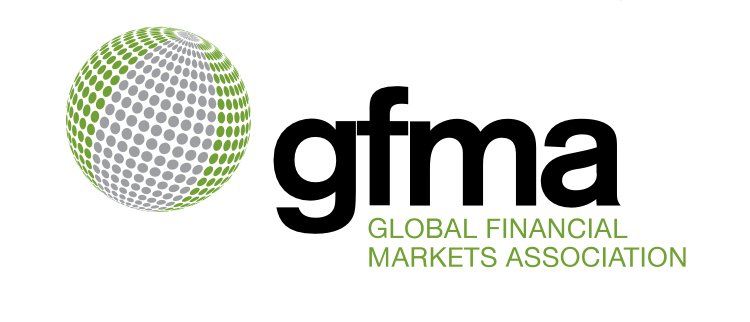
The GFMA submitted a response to the FSB consultation paper on “Addressing the regulatory, supervisory and oversight challenges raised by ‘Global Stablecoin’ arrangements.”
The GFMA recently provided its response to the Financial Stability Board’s consultation paper titled 'Addressing The Regulatory, Supervisory And Oversight Challenges Raised By Global Stablecoin Arrangements'. The GFMA put forward certain recommendations to support the implementation of global stablecoin (GSC) arrangements provided for in the Paper. These recommendations include:
- FSB should utilise a crypto-asset taxonomy that clearly establishes “stablecoin” as a subcategory of “value stable crypto-assets” to facilitate appropriate regulatory treatment.
- Principle of ‘same activity, same risk, same regulation’ should be applied to the regulation of stablecoin for effective supervision and oversight, excluding digital money already regulated under existing rules or subject to Financial Market Infrastructure (“FMI”) regulation.
- FSB should clarify to whom the Paper is directed (issuers, custodians etc?) and also consider other service providers which interact with stablecoin arrangements.
- FSB should continue its global coordination with other regulators as international consistency is important, to provide clarity around jurisdictional oversight and to encourage the development of global standards and principles for interoperability.
- Regulatory framework adopted by the FSB must be technology agnostic to remain agile and encourage innovation.
- GFMA requested FSB to provide further details about what constitutes “global” or “systematic” importance and their associated regulatory requirements, and to distinguish between “stablecoin arrangements” and “systemically important stablecoin arrangements” focusing on the operator of the system rather than the stablecoin itself.
The GFMA felt that the existing FSB definition of a stablecoin is too broad, and suggested new definitions which excludes other digital forms of money already covered by existing regulations. It also acknowledged that stablecoin are not only asset-linked or algorithm-based, but can be hybrid.
Therefore the GFMA recommends that the FSB consider the below classification of crypto-assets.
Types of Crypto-Assets
A. Cryptocurrencies
- Digital representations of value with no redemption rights against a central party and may function within the community (enabled through peer-to-peer networks) of its users as a medium of exchange, unit of account or store of value, without having legal tender status. They may also act as an incentive mechanism and/or facilitate functions performed on the network they are created in; their value is driven by market supply/demand therein
B. Value-Stable Crypto-Assets
1. Central Bank Digital Currencies (CBDC22) (e.g., e-Krona)
2. Financial Market Infrastructure (FMI) Tokens (e.g., USC)
3. Tokenized Commercial Bank Money23 (e.g., Signet)
4. Stablecoins:
a. Asset Linked Crypto-Asset
• Fiat currency linked (e.g., Tether, Paxos, USDC, Gemini)
• Other real asset linked (e.g., Sendgold, Xaurum )
• Crypto-asset linked (e.g., Maker)
b. Algorithmic Crypto-Asset
• Typically not linked to any underlying assets and each token can be pegged to a price level or a unit maintained
through buying, selling or exchange24 among assets25 or some other pre-determined mechanism26
C. Security Token
• Token issued solely on DLT that satisfies the applicable regulatory definition of a security
i. or financial instrument under local law (e.g., World Bank’s “Blockchain Bond”)
• Token that represents on DLT underlying securities/financial instruments issued on a different
platform (e.g., a traditional CSD, registrar, etc.), where such representation itself satisfies the definition
of a security/financial instrument under local law
D. Settlement Token
E. Utility Token
The proposal above is an initial starting point for a classification of crypto-assets. It is designed to help
regulators evaluate which types of regulations should apply to which type of assets. Note however that as
these assets evolve and potentially new ones are created, this classification may need to be updated over time.
Source: https://www.gfma.org/correspondence/gfma-response-to-fsb-consultation-paper-on-global-stablecoins/
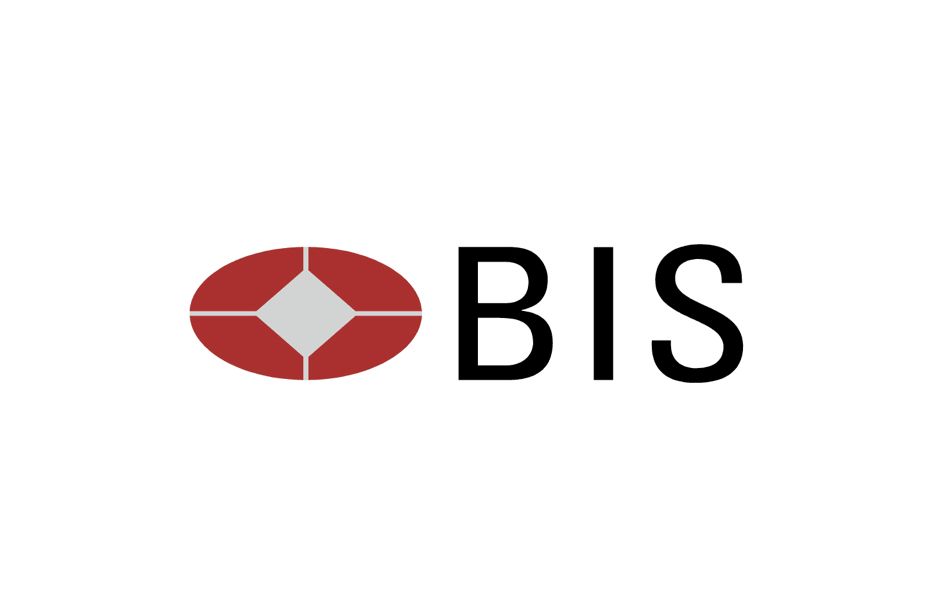
07 Mar, 2024
In response to the increasing prominence of global stablecoins (GSCs) and their potential implications for financial stability, the Bank for International Settlements (BIS) has introduced a comprehensive set of recommendations aimed at regulating and supervising these widely adopted digital assets.

29 Jul, 2023
In a noteworthy development within the U.S. Congress, a long-awaited stablecoin bill made significant progress as it graduated from the House Financial Services Committee. However, the advancement of the Republican-backed bill was marred by a partisan clash and objections from the White House, leaving the committee chair, Patrick McHenry (R-N.C.), lamenting the missed opportunity for a bipartisan deal.

13 Jul, 2023
A new crypto oversight bill reintroduced by Senators Cynthia Lummis and Kirsten Gillibrand is making waves in the U.S. Senate. The bill proposes that crypto exchanges be overseen by the Commodity Futures Trading Commission (CFTC) rather than the U.S. Securities and Exchange Commission (SEC). Additionally, it calls for all stablecoin issuers to be regulated depository institutions. This bill represents a significant effort to establish U.S. regulation for the crypto industry and addresses the division of oversight between the SEC and CFTC.
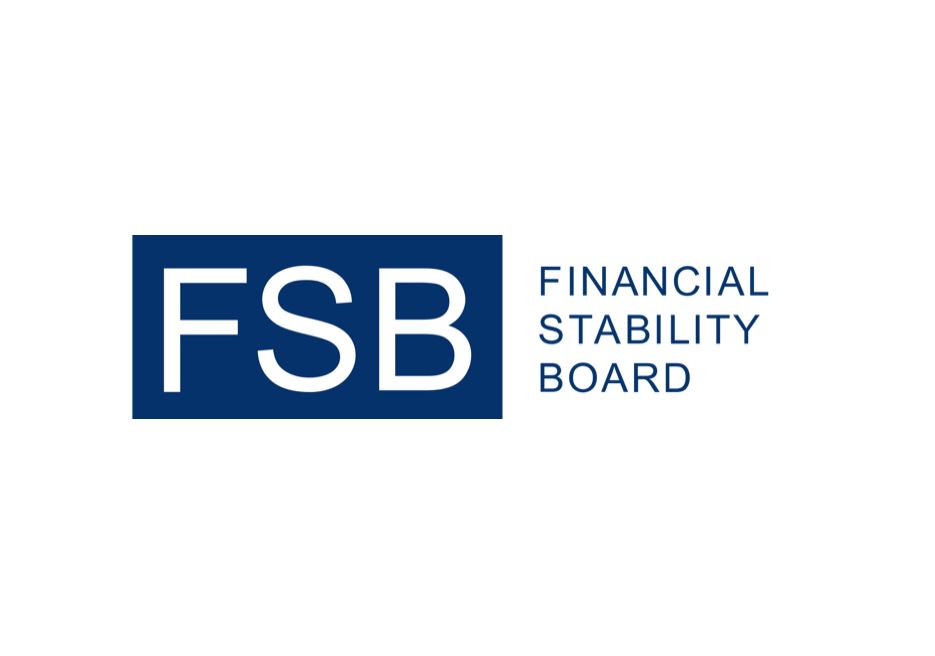
13 Jul, 2023
In preparation for the upcoming G20 Finance Ministers and Central Bank Governors meeting in India, Klaas Knot, Chair of the Financial Stability Board (FSB), has highlighted the recent banking turmoil and the FSB's commitment to learning valuable lessons from these events. In a letter addressed to the G20 officials, Knot emphasized the importance of addressing risks associated with crypto-assets and global stablecoin arrangements, as well as providing updates on efforts to tackle climate-related financial risks.
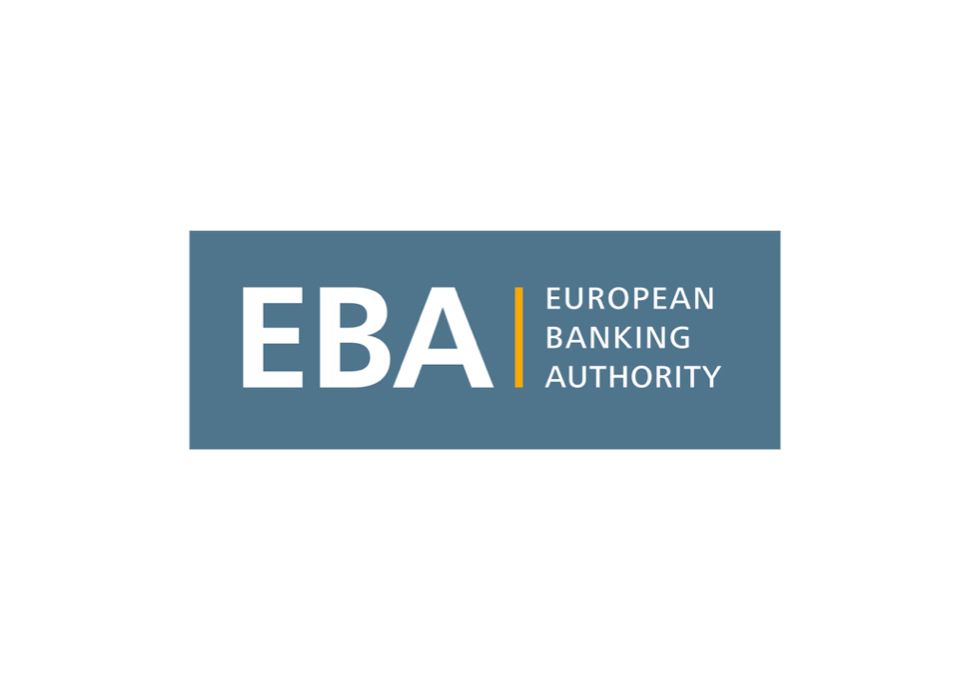
12 Jul, 2023
E-Money Token (Stablecoin) issuers have been advised to proactively prepare for the forthcoming regulations set by the European Union, according to the European Banking Authority (EBA). Although the rules of the Markets in Crypto Assets (MiCA) framework will officially come into effect in June 2024, the EBA emphasised the importance of early preparation to protect consumers and avoid disruptions for companies. The MiCA regulation includes provisions on governance, reserve requirements, and licensing for crypto wallet providers and exchanges.

12 Jul, 2023
According to a recent study by Juniper Research, the value of payment transactions made with stablecoins is predicted to surpass $187 billion by 2028, a significant increase from $53 billion in 2023. The study, titled "CBDCS & STABLECOINS: KEY OPPORTUNITIES, REGIONAL ANALYSIS & MARKET FORECASTS 2023-2030," highlights the rapid progress of stablecoins in the cross-border market, where they offer an alternative to slow, expensive, and difficult-to-track existing payment systems.
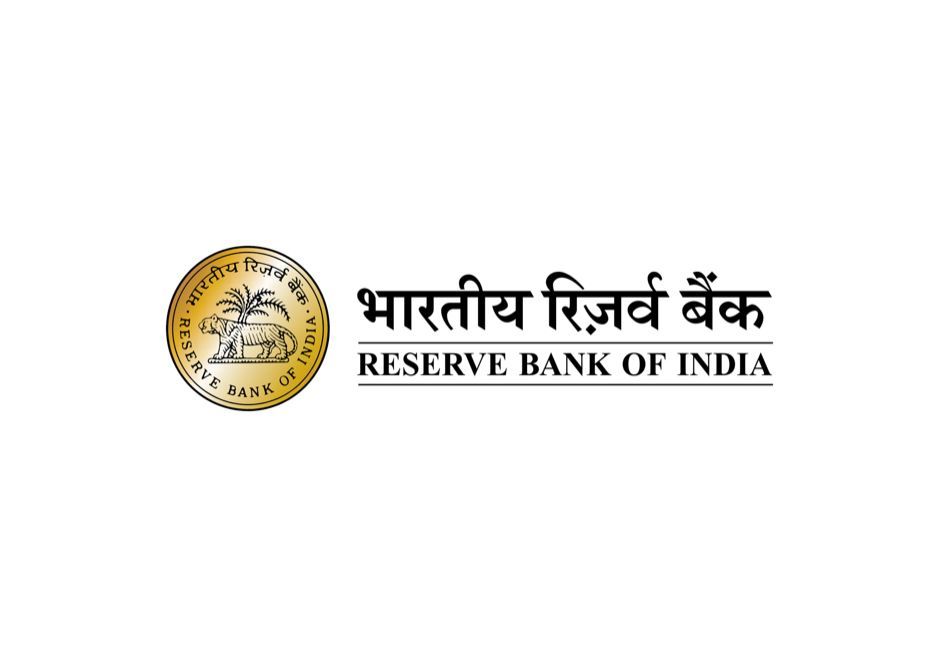
12 Jul, 2023
Reserve Bank of India (RBI) Deputy Governor T Rabi Sankar expressed India's concerns about stablecoins, emphasising their potential threat to policy sovereignty. In a speech at a banking event, Sankar called for a global financial system based on central bank digital currencies (CBDCs) issued by each country for settling global payments. He highlighted the importance of CBDCs in maintaining financial stability and independence, stating, "We should ideally aim for a global financial system which rests on central bank digital currencies (CBDCs) issued by each country to settle global payments, and not rely on stablecoins."
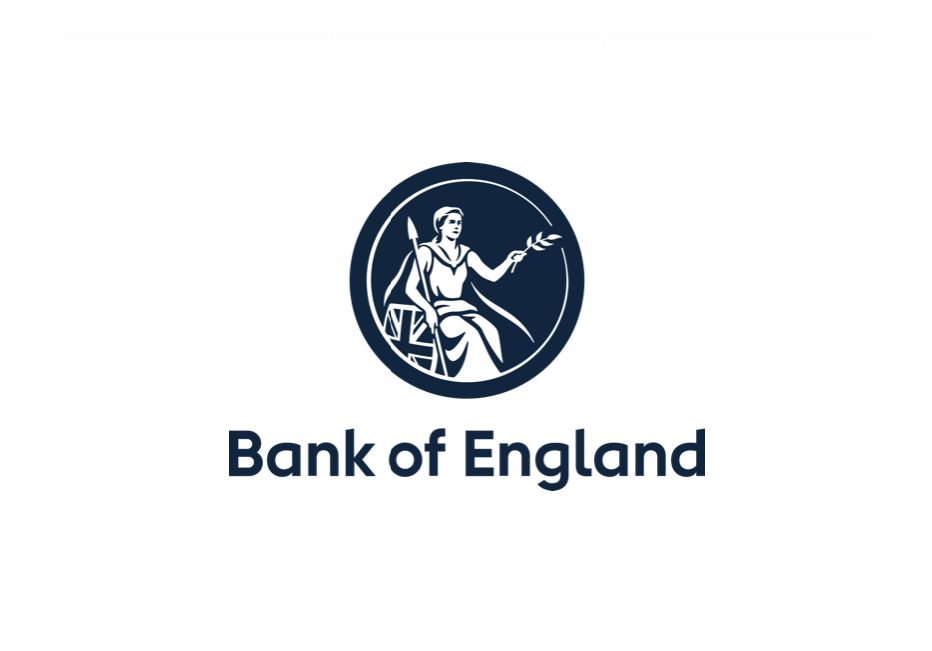
11 Jul, 2023
In a speech delivered on July 10, Bank of England (BOE) Governor Andrew Bailey shared his perspective on digital currencies, highlighting the potential of "enhanced digital money" while expressing reservations about cryptocurrencies and stablecoins. Bailey emphasised the need for regulatory oversight, stability, and usability in the evolving financial landscape.
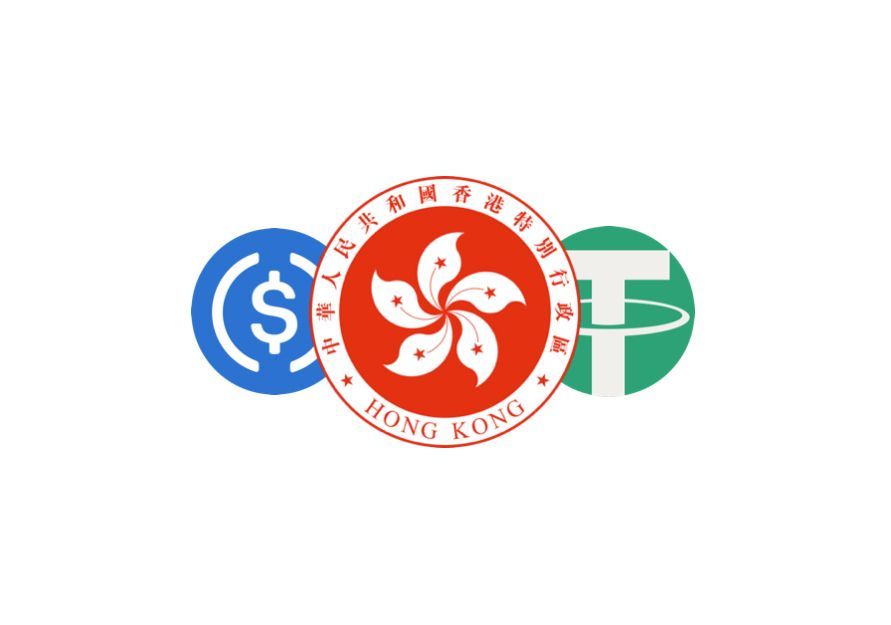
06 Jul, 2023
In a move that could reshape the global stablecoin market, Hong Kong is considering the launch of its own stablecoin, HKDG, to rival established stablecoins such as USDT and USDC. This groundbreaking proposal, co-authored by prominent figures in academia and industry, including Vice Chancellor Wang Yang and angel investor Cai Wensheng, aims to enhance Hong Kong's position in the digital currency landscape and assert its leadership in the blockchain sector.
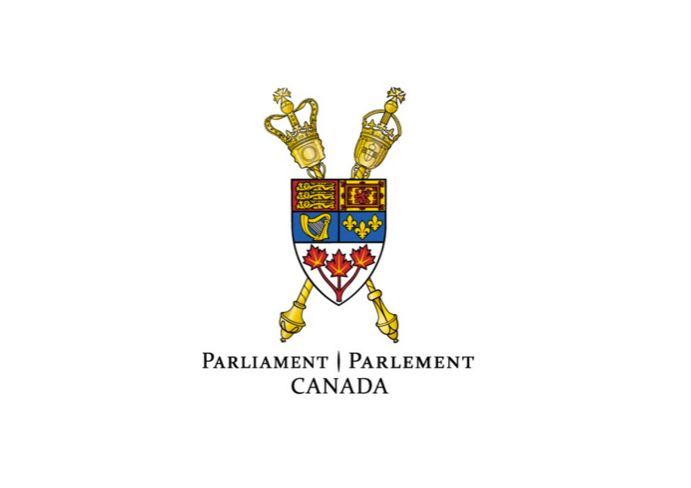
30 Jun, 2023
Canadian lawmakers have published a groundbreaking report that defends and supports the crypto industry, calling for the recognition of blockchain as a growing sector with the potential to drive job creation and economic growth. The report, which includes 16 recommendations, has garnered praise from industry participants, including leading cryptocurrency exchange Coinbase.
Disclaimer:
GlobalStablecoins.com is an informational website that provides news about coins, blockchain companies, blockchain products and blockchain events. Don’t take it as investment advice. Speak to an advisor before you risk investing in an ICO, Cryptocurrencies, Cryptoassets, Security Tokens, Utility Tokens, Exchange Tokens, Global Stablecoins, Stablecoins or eMoney Tokens. GlobalStablecoins.com is not accountable, directly or indirectly, for any damage or loss incurred, alleged or otherwise, in connection to the use or reliance of any content you read on the site.
Affiliate Disclosure / Sponsored Posts:
If a Sponsored Post contains any mention of a crypto project, we encourage our readers to conduct diligence prior to taking further action. GlobalStablecoins.com does not recommend that any cryptocurrency should be bought, sold, or held by you. Do conduct your own due diligence and consult your financial advisor before making any investment decisions.
GlobalStablecoins.com may receive compensation for affiliate links. Should you perform activities in relation to an affiliate link, it is understood that some form of compensation might be made to GlobalStablecoins.com. For example, if you click on an affiliate link, and sign up and trade on an exchange, GlobalStablecoins.com may receive compensation.
Before you invest in Cryptoassets you should be aware of the following,
Cryptoassets are considered very high risk, speculative investments.
If you invest in Cryptoassets you should be prepared to lose all your money.
All Sponsored Posts are paid for by crypto projects, coin foundations, advertising firms, PR firms, or other marketing agencies. GlobalStablecoins.com is not a subsidiary of any marketing agency, nor are we owned by any crypto or blockchain foundation.
The purpose of offering Sponsored Posts to our advertisers is to help fund the day-to-day business operations at GlobalStablecoins.com.
If you come across a Sponsored Post which you believe is fraudulent and/or “scammy,” please contact us and we will perform an immediate investigation.
© 2024
All Rights Reserved | GlobalStablecoins.com
